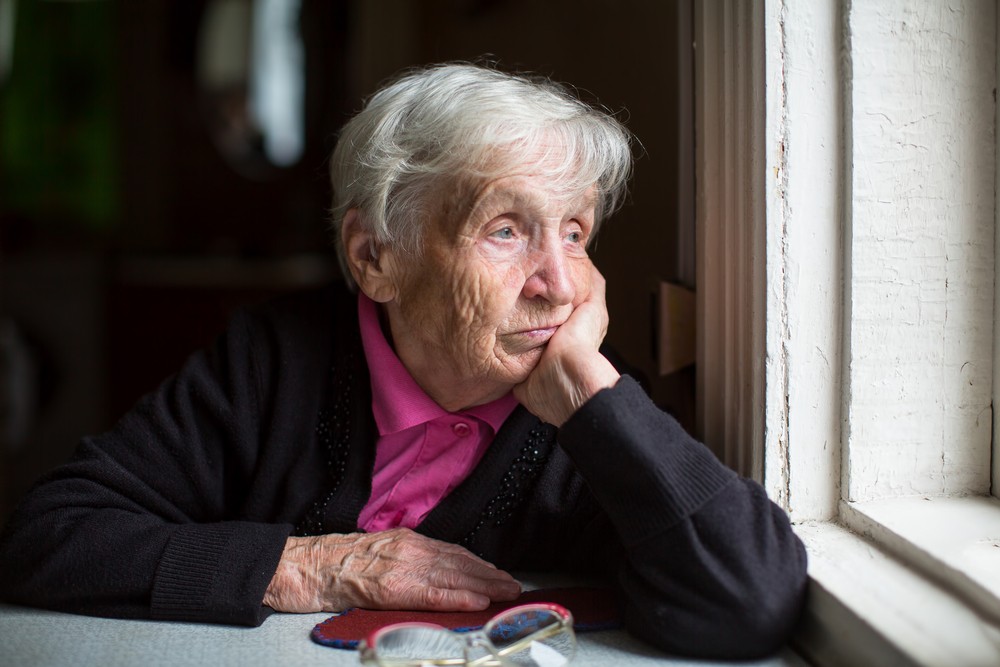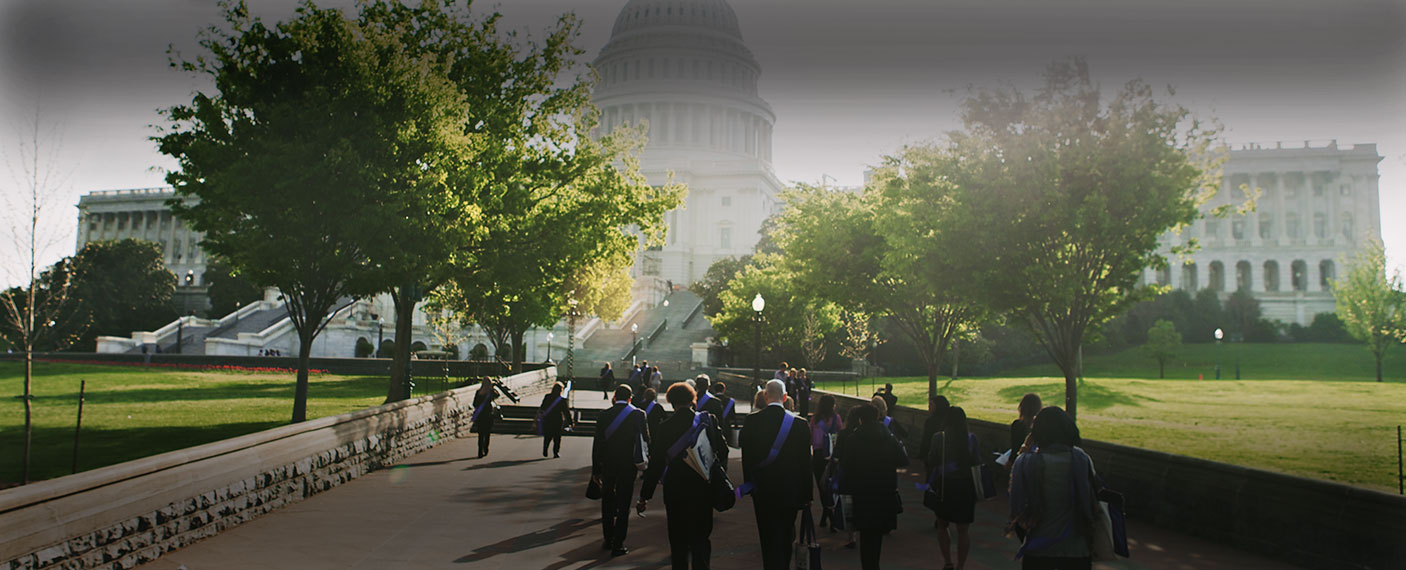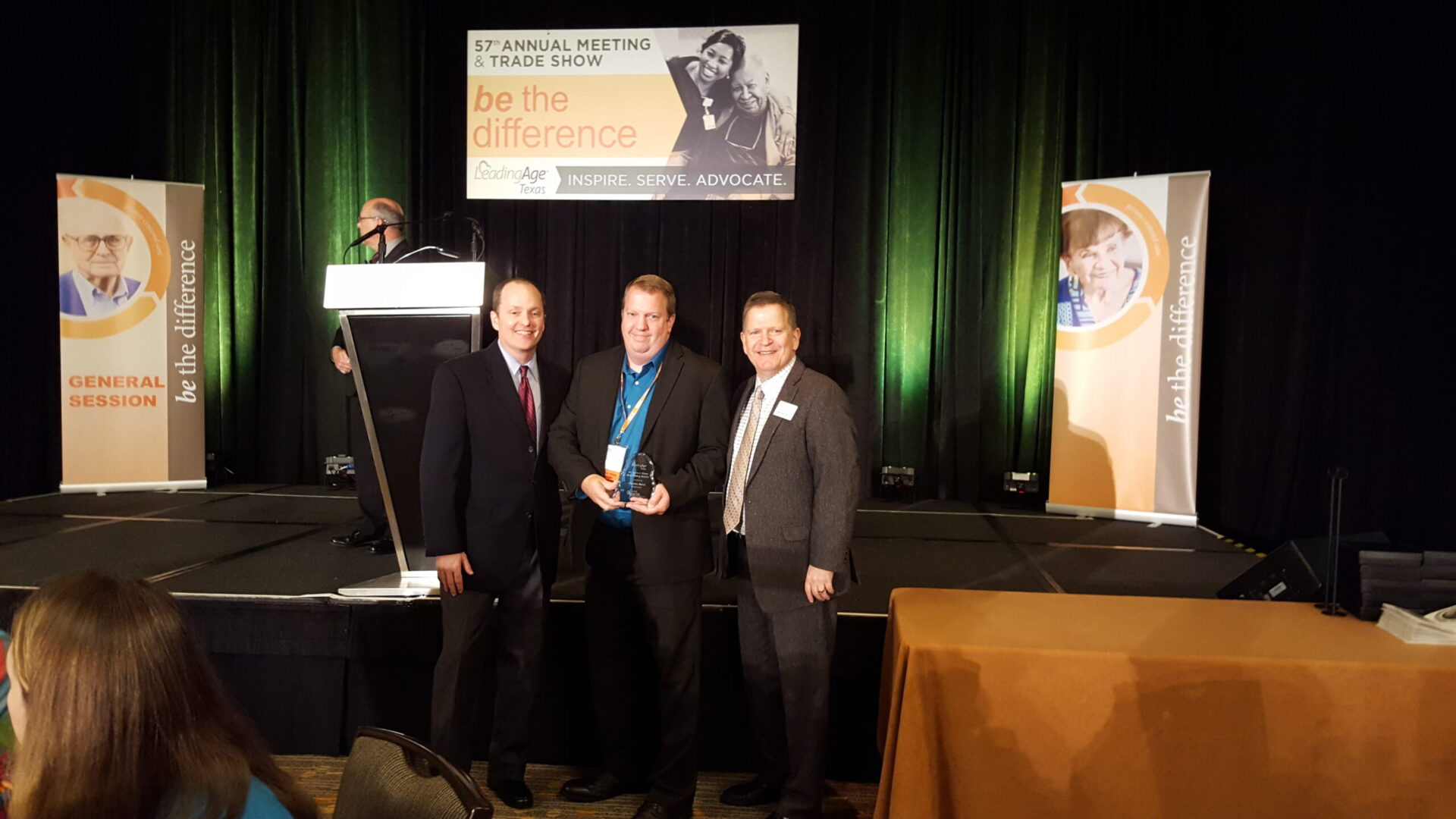Seasonal Depression in Seniors

When the weather turns cold, days grow shorter, holiday festivities end, or the sun isn’t shining as much as it does in warmer months, many people start to feel sad. It could be a case of the winter blues, but it might mean something else.
Seasonal affective disorder is common in all ages and can occur in both colder and warmer months. Read this guide on seasonal depression in seniors, get tips on how to manage the symptoms, and find out how wellness programs in a senior living community can help.
Seasonal Depression Is More than the Winter Blues
The term “winter blues” means feeling mildly sad during the colder months and is not a medical diagnosis. It’s fairly common and usually clears up on its own in a short amount of time. Many people get a case of the winter blues during long snaps of cold, wintry weather or when they’re feeling homesick.
However, seasonal depression, also known as seasonal affective disorder (SAD), is a well-defined clinical diagnosis that interferes with a person’s daily routine. It’s a subtype of major depressive disorder and bipolar disorder.
The biggest difference between seasonal affective disorder and the winter blues is that SAD follows a regular pattern. Symptoms appear every year as the seasons change, and typically won’t go away for several months.
Seasonal Affective Disorder Symptoms
Seasonal depression is most common in winter months (winter-pattern SAD), but in rare cases, some experience symptoms in the spring and summer (summer-pattern SAD).
For those who have seasonal affective disorder, it’s estimated that symptoms are present for at least 40% of the year. Many people don’t experience symptoms every year. For those who have winter-pattern SAD, 30% to 50% won’t display symptoms for consecutive winters.
Symptoms for winter-pattern SAD include:
- Oversleeping or not wanting to get out of bed
- Daytime fatigue
- Overeating, leading to weight gain
- Craving carbohydrates
- Tearful or weeping
- Trouble concentrating
- Social withdrawal
Symptoms for summer-pattern SAD include:
- Insomnia
- Loss of appetite
- Restlessness and agitation
- Aggression
- Anxiety
Seasonal depression uniquely affects older adults, because many symptoms overlap with major depressive disorder, senior isolation and other mental health conditions. In fact, about 40% of individuals with seasonal depression have continued symptoms that eventually lead to a change in diagnosis.
If you think you or a loved one might be experiencing SAD or have other mental health concerns, it’s best to see the advice of a healthcare provider as soon as possible.
What Are Causes of Seasonal Depression?
It’s not entirely clear what causes seasonal depression. Most of the research on SAD is focused on young adults, because that’s commonly when seasonal affective disorder is diagnosed. However, experts are uncovering causes of seasonal depression in older adults.
Here are 6 reasons you or a loved one could experience seasonal depression:
Living alone or lack of social opportunities
Cold, gloomy weather in winter months or sweltering hot temperatures in summer months keep many people inside. This can lead to social isolation, which can contribute to feelings of sadness, depression and loneliness. Seniors may also experience seasonal depression just after the holidays, because the sudden decrease in social activity and excitement may make them feel particularly lonely.
Chronic health conditions
Severe pain, limited mobility, and chronic health conditions can cause seasonal depression in seniors because they can interfere with their favorite seasonal activities. For instance, severe rotator cuff pain might make it difficult to cast a fishing line, or decorating a holiday tree may be challenging for a senior adjusting to using mobility aids.
Transitioning from work to retirement
Symptoms of retirement depression and seasonal depression often overlap. In fact, it’s estimated that almost one-third of individuals in the United States develop some symptoms of depression during retirement. Seniors who have especially fond memories of work during the holidays or those who weren’t quite ready to retire may have more intense feelings of SAD.
Losing a loved one
Grief and seasonal depression in seniors often go hand in hand. The holidays often highlight the loss of a loved one who may have recently passed or died long ago, and may bring strong feelings of loneliness, emptiness, and even guilt for enjoying holiday festivities.
Lack of sunlight
Those who live very far north or very far south of the equator, in an area that receives very little sunlight during certain times of the year (like autumn and winter), or don’t get enough time outdoors are at high risk for SAD. Lack of sunlight can lead to poor sleep quality, low serotonin levels, an overproduction of melatonin, vitamin D deficiency, and increased negative thoughts and anxiety about winter.
High pollen counts
has shown that summer days with high pollen counts can increase the symptoms of summer-pattern SAD. Spikes in tree pollen in the spring, grass pollen in summer, and weed pollen in the late summer and fall have all been linked to seasonal depression. Experts believe those who struggle with allergies are more likely to stay inside where there’s air conditioning, spending less time outdoors, which can lead to a decrease in social engagement.
Managing Seasonal Depression in Senior Living
The good news is that seasonal depression in seniors can be treated with methods that often provide a variety of other health benefits. Senior living communities like Westminster can be especially powerful in helping seniors manage symptoms of seasonal depression, because they provide convenient ways to focus on improving wellness and overall health.
Here are just a few tips on how to manage the symptoms of SAD and how living at an independent living community can remove barriers that make SAD so difficult for older adults:
More physical activity. A study by the International Journal of Circumpolar Health found adults who go to the gym when they’re experiencing symptoms of seasonal depression reported improved overall feeling of well-being, better sleep length, increased engagement in social activities, more energy, and better weight and appetite management. Senior living communities make managing SAD easier by featuring attractions like wellness programs, fitness centers, yoga studios and indoor pools just steps from your front door.

Spend more time in the sun. When possible, try to spend time in the sun outside or near a window. Getting less sunshine disrupts sleep patterns and increases your body’s production of melatonin, making you feel sluggish. Time in the sun also helps your body process vitamin D, which many with SAD are deficient in. At Westminster, we have meticulously maintained outdoor spaces and walking trails, so you can always enjoy the Texas sunshine.
Think about what you eat. Knowing that two of the symptoms of winter-pattern SAD are overeating and craving carbs allows you to better watch what you eat, and choose healthier options and portions. At our senior living community, we feature multiple dining venues with delicious and nutritious menu items, and can tailor meals to meet dietary restrictions.
Stay social. It’s important to spend time around others when you’re experiencing seasonal depression. Social engagement has been shown to decrease overall feelings of depression, reduce anxiety, boost well-being, improve sleep patterns, and provide a sense of purpose, especially for older adults. Residents have abundant opportunities to stay social at Westminster with a calendar full of activities and events, book clubs, and cutting a rug in Harris Bell Hall on the dance floor.
Light therapy. One of the best treatments for seasonal depression is light therapy. Several studies have shown light therapy using at least 10,000 lux (a measurement of the total amount of light that falls on a surface) every day for 30 to 90 minutes can improve symptoms of SAD in as little as three weeks. While most communities won’t provide light therapy, you can give an easy-to-use lux light to a loved one in any level of care, from independent living or assisted living to skilled nursing and memory care. They don’t require a lot of space, are typically inexpensive and can even add a touch of style to their residence.
Discover a Community that Cares at Westminster
The team at our senior living community in Austin, TX, understands that each individual has concerns, personal preferences, and emotional, social and spiritual needs. Contact our residency counselors online to schedule a tour or learn more about how you or a loved one can thrive at Westminster.




